The ex-Works Jackie Stewart/Patrick Depailler Race Car and Francois Cevert Test Car 1971/72 TYRRELL-COSWORTH FORMULA 1 SINGLE-SEATER Chassis No. 004 Engine No. 125 Blue with racing logos and black interior - for restoration Engine: Cosworth-Ford DFV V-8, four overhead camshafts, four valves per cylinder, 2,993cc., 440bhp at 10,000 rpm; Gearbox: four-speed FG400 Hewland/Tyrrell; Suspension: independent wishbone and dual rate coil spring front, independent wishbones and radius rod rear; Brakes: four wheel Girling discs. Single seater racing car. Ken Tyrrell was first attracted to motor racing following a visit to Silverstone in 1951; he was hooked immediately and soon began racing himself. However, by the late 1950s he decided that he was better suited to contribute to motorsport from a management standpoint than in the cockpit. After a brief stint as Team Manager of the Works Cooper Formula Two team, Tyrrell set up his own business in Ockham, Surrey. In early 1964, young Jackie Stewart was signed for Tyrrell and promptly dominated that year's Formula Three Championship. This was the start of a partnership that would achieve five World Championship titles before Stewart retired following the 1973 season. Initially the team ran cars in Formula Three, Formula Two and even saloon cars. In 1968 Tyrrell broke into Formula One, using a Matra chassis and most importantly using the new Ford Cosworth DFV V8, which he knew would be a perfect compact and powerful engine. With sponsorship coming from Elf, the French Petroleum Company, and Ford, he was also able to beat Ferrari in his bid to secure Jackie Stewart away from BRM. The team was known as Equipe Matra International. Success came almost immediately; in only the fourth event of the season Stewart won the Zandvoort Grand Prix and followed this with wins in Germany and the United States. Stewart was runner up in the Drivers' Championship and Tyrrell third in the Constructors' Championship. In 1969, they reigned supreme with the new Matra MS80-Ford, winning six races and claiming both the Constructors' and Drivers' Championships. By 1970, however, Matra Sports had been taken over by the Simca arm of the American Chrysler Corporation and they insisted that the Matra chassis should be powered by Matra V12 engines developed by Chrysler. Realizing that the Ford V8 engine was far superior, Tyrrell had to look for a new chassis for the 1970 season. Initially Ken Tyrrell had to buy a customer chassis and he turned to the new British constructor March and started the 1970 season with a March 701. This chassis proved quite heavy and during the 1970 season Tyrrell had secretly begun work building (in his timber yard) his own chassis. The task of designing and building the car was entrusted to the gifted engineer Derek Gardner who had formerly worked for Ferguson Research and had Formula One experience helping Matra on their four-wheel drive car of 1969. The new Tyrrell 001 cost some £22,500 - less engine and gearbox - over twice the cost of the Matra 701, but it was 100lbs lighter. After teething troubles in its first outing at the non-Championship Oulton Park Gold Cup, Stewart was able to set pole position for the Canadian Grand Prix at 104mph. It was instantly apparent that the new car and the skill of Stewart were going to be the forces to be reckoned with. Ferrari had star drivers in Jacky Ickx and Clay Regazzoni in the new and very fast flat-12 312B and their dreams must have been rudely awakened. While the Tyrrell led the race for 31 laps, a broken stub axle ended the race. At the next event, the US Grand Prix at Watkins Glen, Stewart led the pack from the front row of the grid, but retired while leading with just 26 laps remaining of 108 when an oil pipe broke. For the season finale in Mexico, the front row was again achieved (beside the Regazzoni 312B) but alas during the race the suspension was damaged when the car struck a stray dog! For the 1971 season talented Frenchman Francois Cev
The ex-Works Jackie Stewart/Patrick Depailler Race Car and Francois Cevert Test Car 1971/72 TYRRELL-COSWORTH FORMULA 1 SINGLE-SEATER Chassis No. 004 Engine No. 125 Blue with racing logos and black interior - for restoration Engine: Cosworth-Ford DFV V-8, four overhead camshafts, four valves per cylinder, 2,993cc., 440bhp at 10,000 rpm; Gearbox: four-speed FG400 Hewland/Tyrrell; Suspension: independent wishbone and dual rate coil spring front, independent wishbones and radius rod rear; Brakes: four wheel Girling discs. Single seater racing car. Ken Tyrrell was first attracted to motor racing following a visit to Silverstone in 1951; he was hooked immediately and soon began racing himself. However, by the late 1950s he decided that he was better suited to contribute to motorsport from a management standpoint than in the cockpit. After a brief stint as Team Manager of the Works Cooper Formula Two team, Tyrrell set up his own business in Ockham, Surrey. In early 1964, young Jackie Stewart was signed for Tyrrell and promptly dominated that year's Formula Three Championship. This was the start of a partnership that would achieve five World Championship titles before Stewart retired following the 1973 season. Initially the team ran cars in Formula Three, Formula Two and even saloon cars. In 1968 Tyrrell broke into Formula One, using a Matra chassis and most importantly using the new Ford Cosworth DFV V8, which he knew would be a perfect compact and powerful engine. With sponsorship coming from Elf, the French Petroleum Company, and Ford, he was also able to beat Ferrari in his bid to secure Jackie Stewart away from BRM. The team was known as Equipe Matra International. Success came almost immediately; in only the fourth event of the season Stewart won the Zandvoort Grand Prix and followed this with wins in Germany and the United States. Stewart was runner up in the Drivers' Championship and Tyrrell third in the Constructors' Championship. In 1969, they reigned supreme with the new Matra MS80-Ford, winning six races and claiming both the Constructors' and Drivers' Championships. By 1970, however, Matra Sports had been taken over by the Simca arm of the American Chrysler Corporation and they insisted that the Matra chassis should be powered by Matra V12 engines developed by Chrysler. Realizing that the Ford V8 engine was far superior, Tyrrell had to look for a new chassis for the 1970 season. Initially Ken Tyrrell had to buy a customer chassis and he turned to the new British constructor March and started the 1970 season with a March 701. This chassis proved quite heavy and during the 1970 season Tyrrell had secretly begun work building (in his timber yard) his own chassis. The task of designing and building the car was entrusted to the gifted engineer Derek Gardner who had formerly worked for Ferguson Research and had Formula One experience helping Matra on their four-wheel drive car of 1969. The new Tyrrell 001 cost some £22,500 - less engine and gearbox - over twice the cost of the Matra 701, but it was 100lbs lighter. After teething troubles in its first outing at the non-Championship Oulton Park Gold Cup, Stewart was able to set pole position for the Canadian Grand Prix at 104mph. It was instantly apparent that the new car and the skill of Stewart were going to be the forces to be reckoned with. Ferrari had star drivers in Jacky Ickx and Clay Regazzoni in the new and very fast flat-12 312B and their dreams must have been rudely awakened. While the Tyrrell led the race for 31 laps, a broken stub axle ended the race. At the next event, the US Grand Prix at Watkins Glen, Stewart led the pack from the front row of the grid, but retired while leading with just 26 laps remaining of 108 when an oil pipe broke. For the season finale in Mexico, the front row was again achieved (beside the Regazzoni 312B) but alas during the race the suspension was damaged when the car struck a stray dog! For the 1971 season talented Frenchman Francois Cev
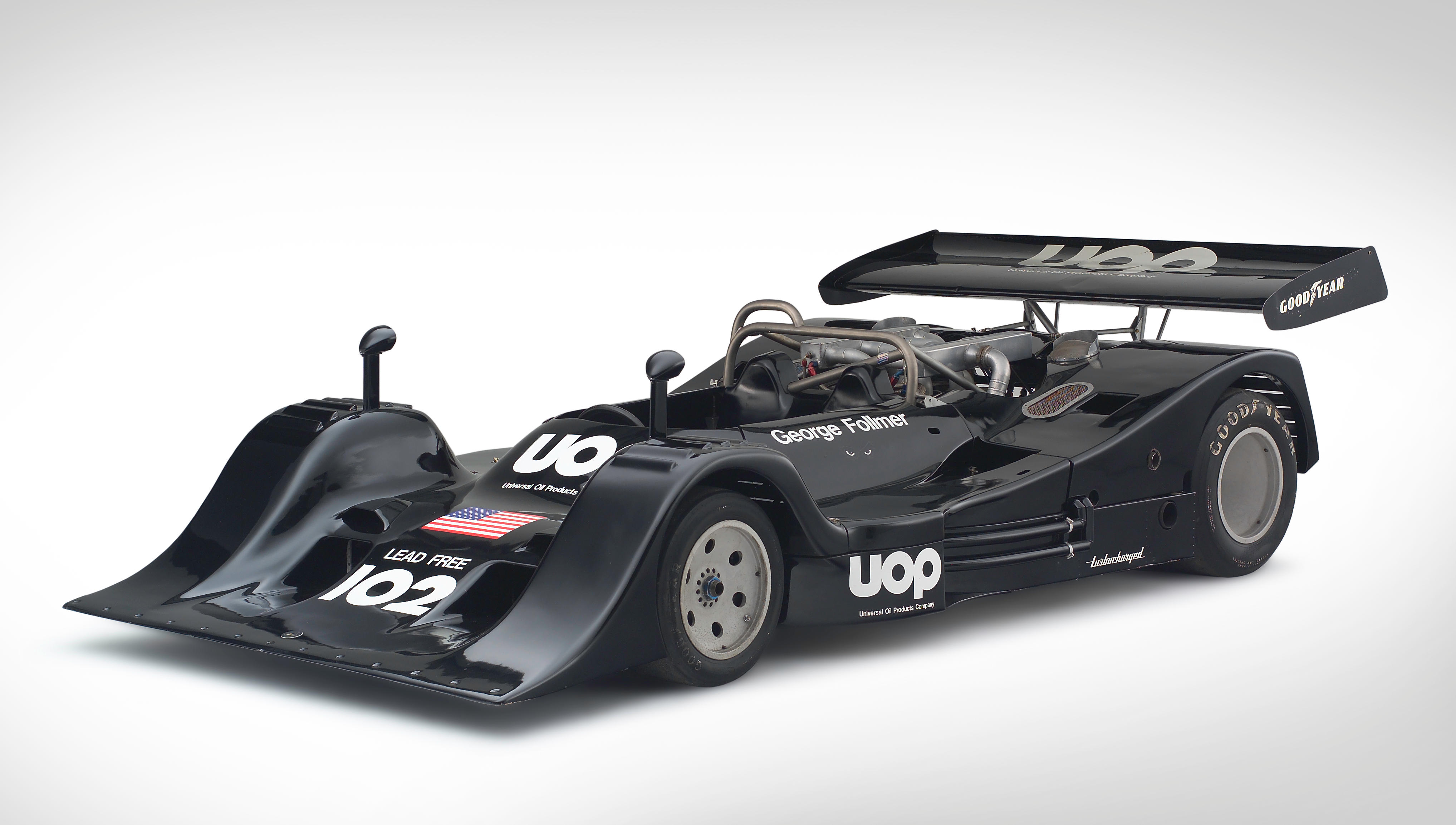
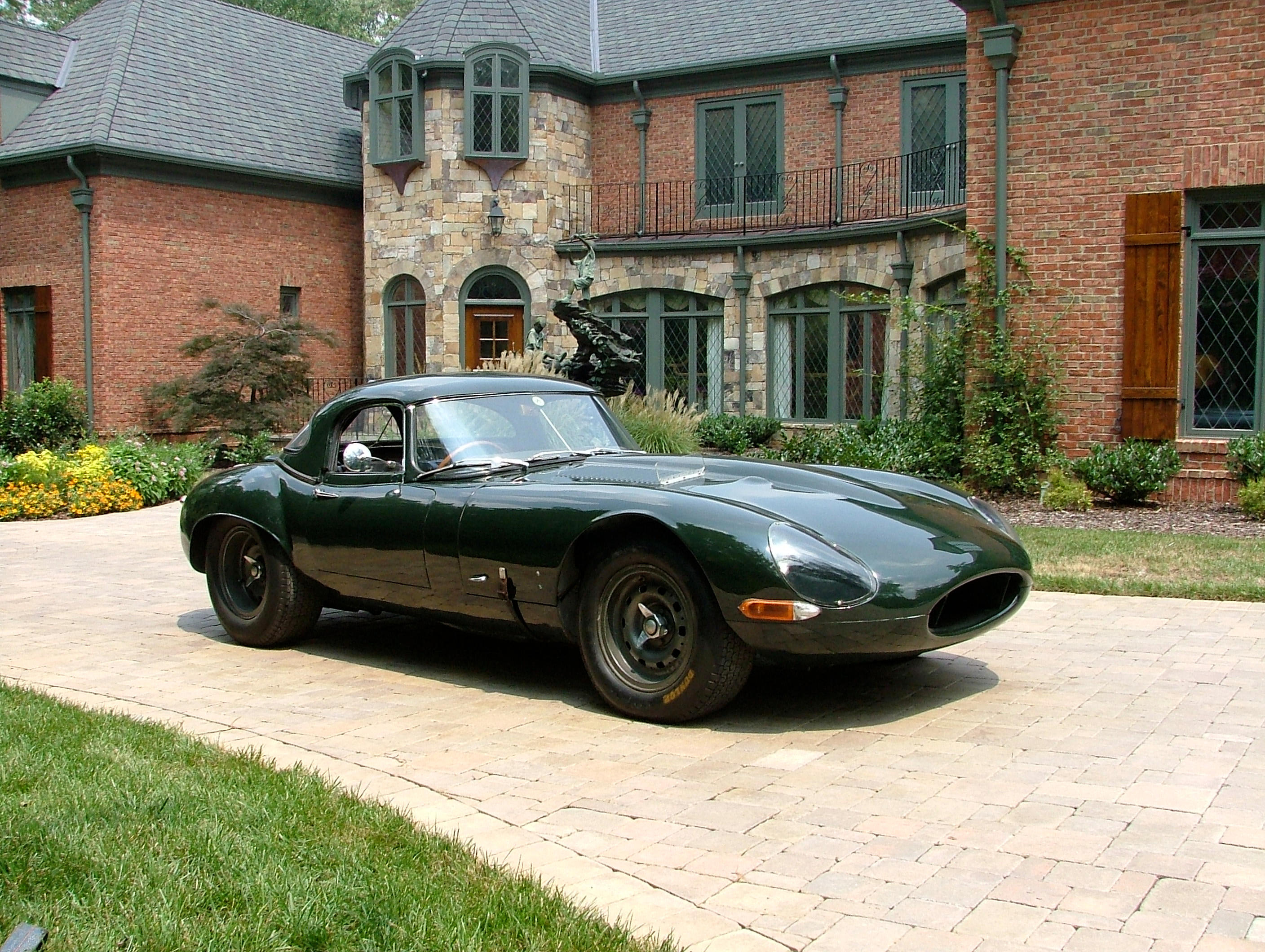

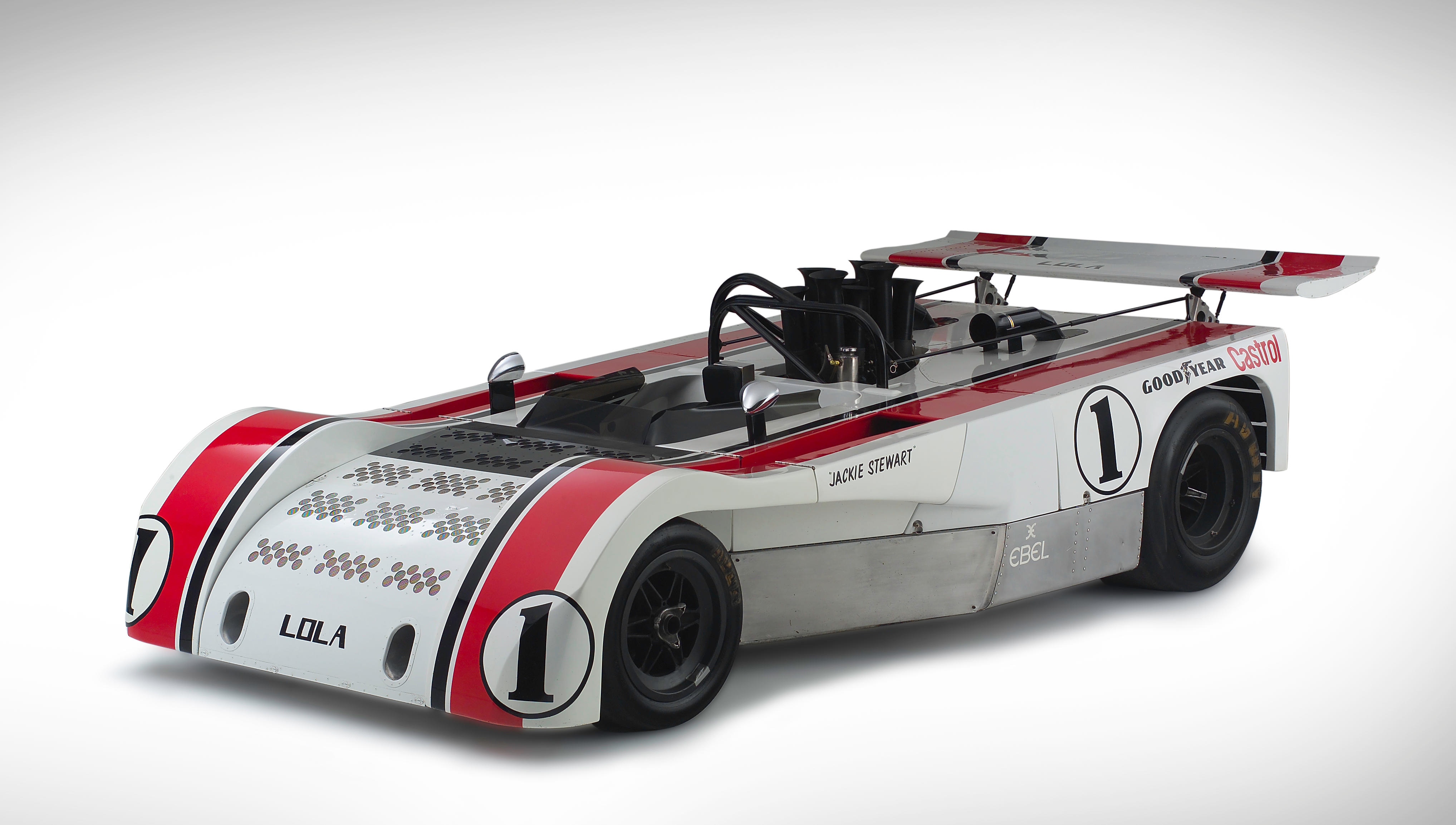
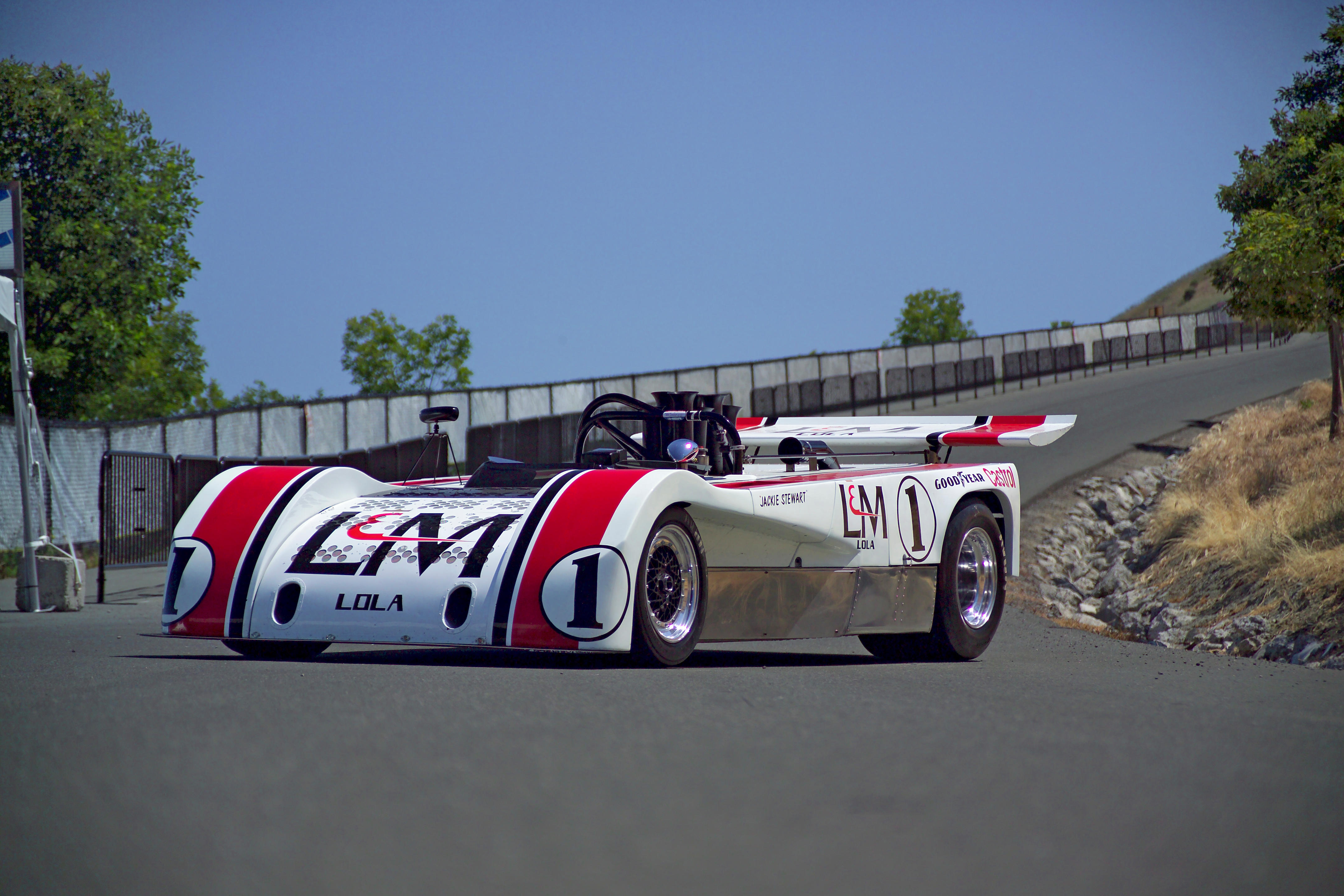
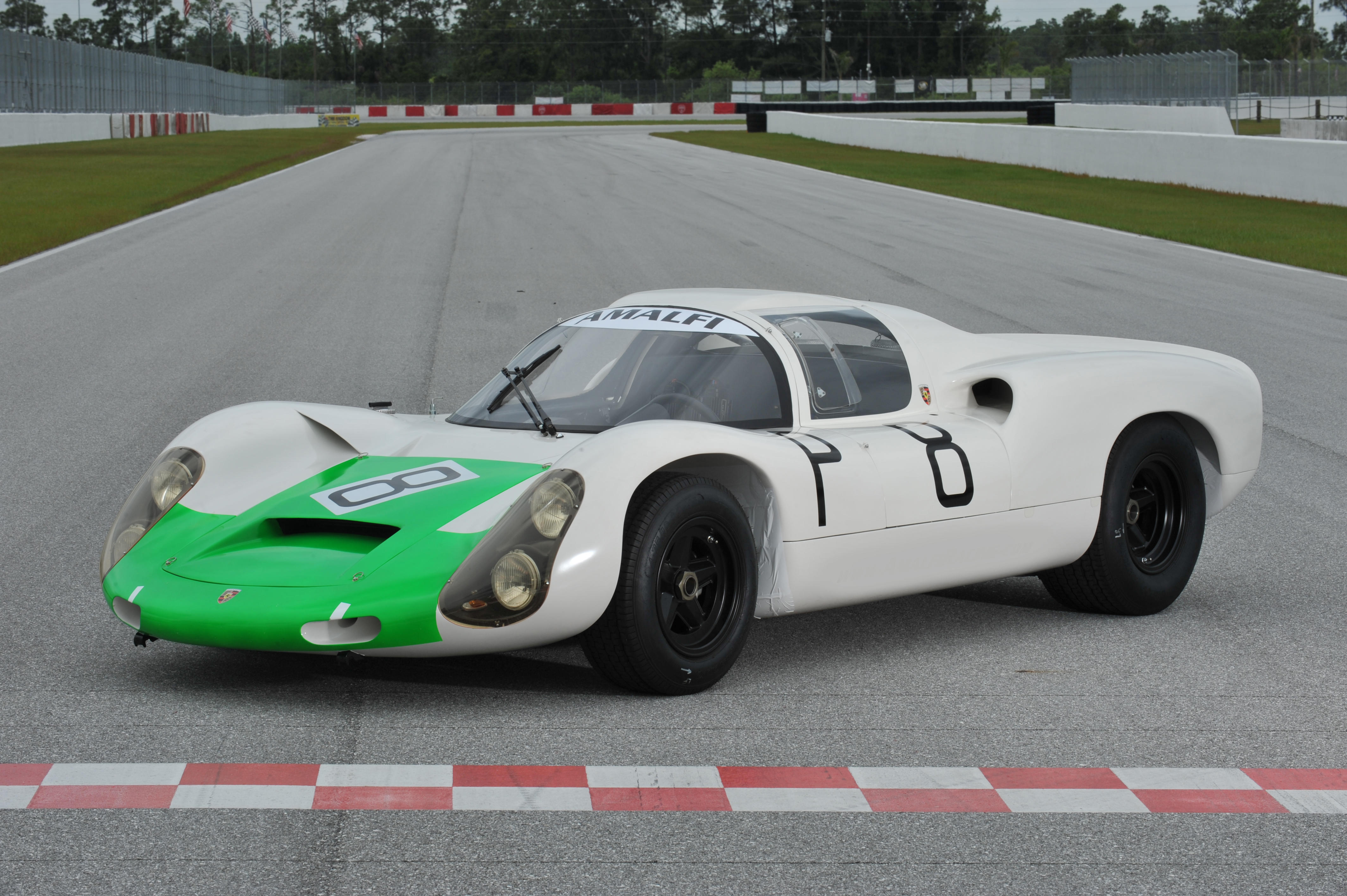
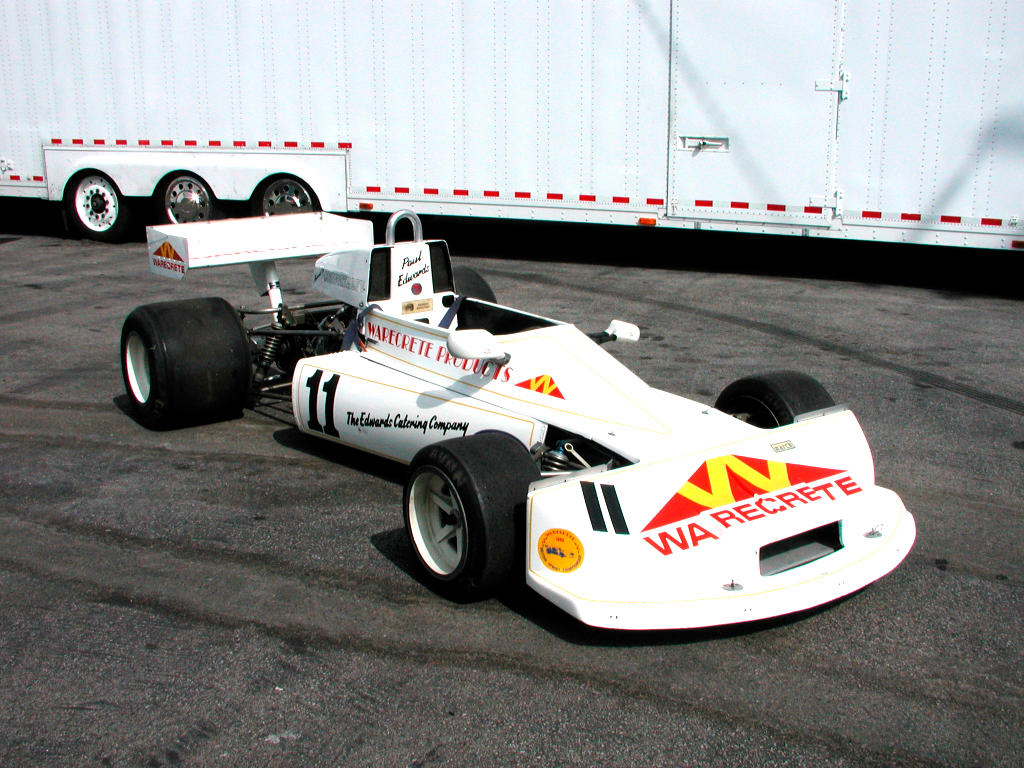
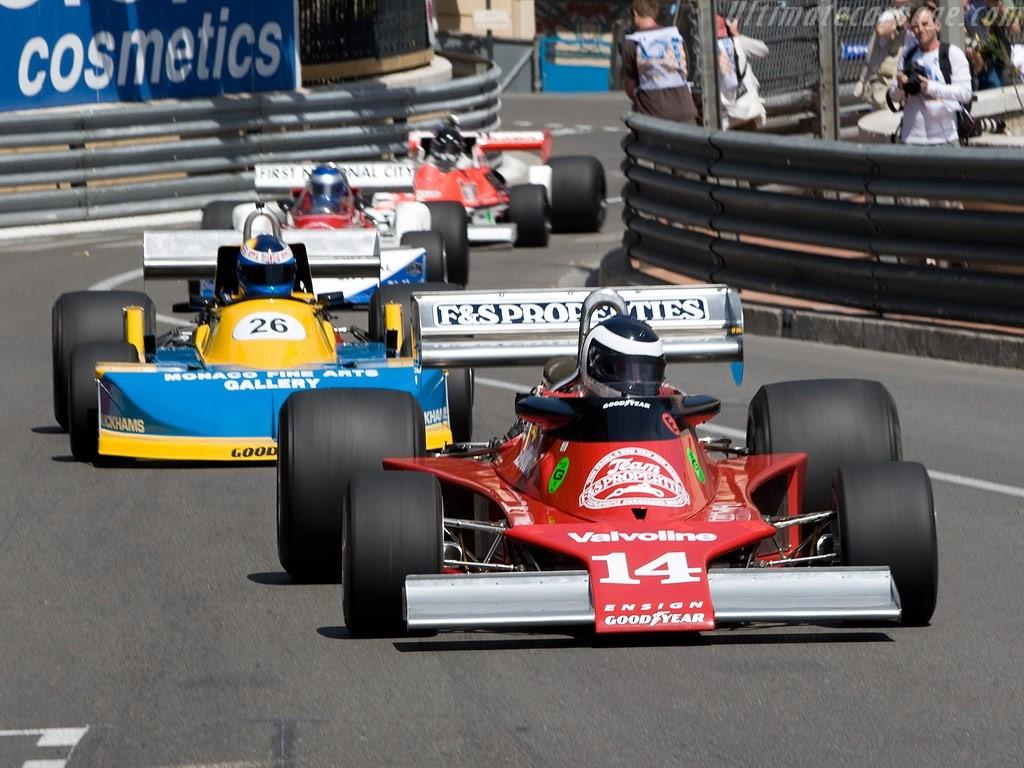
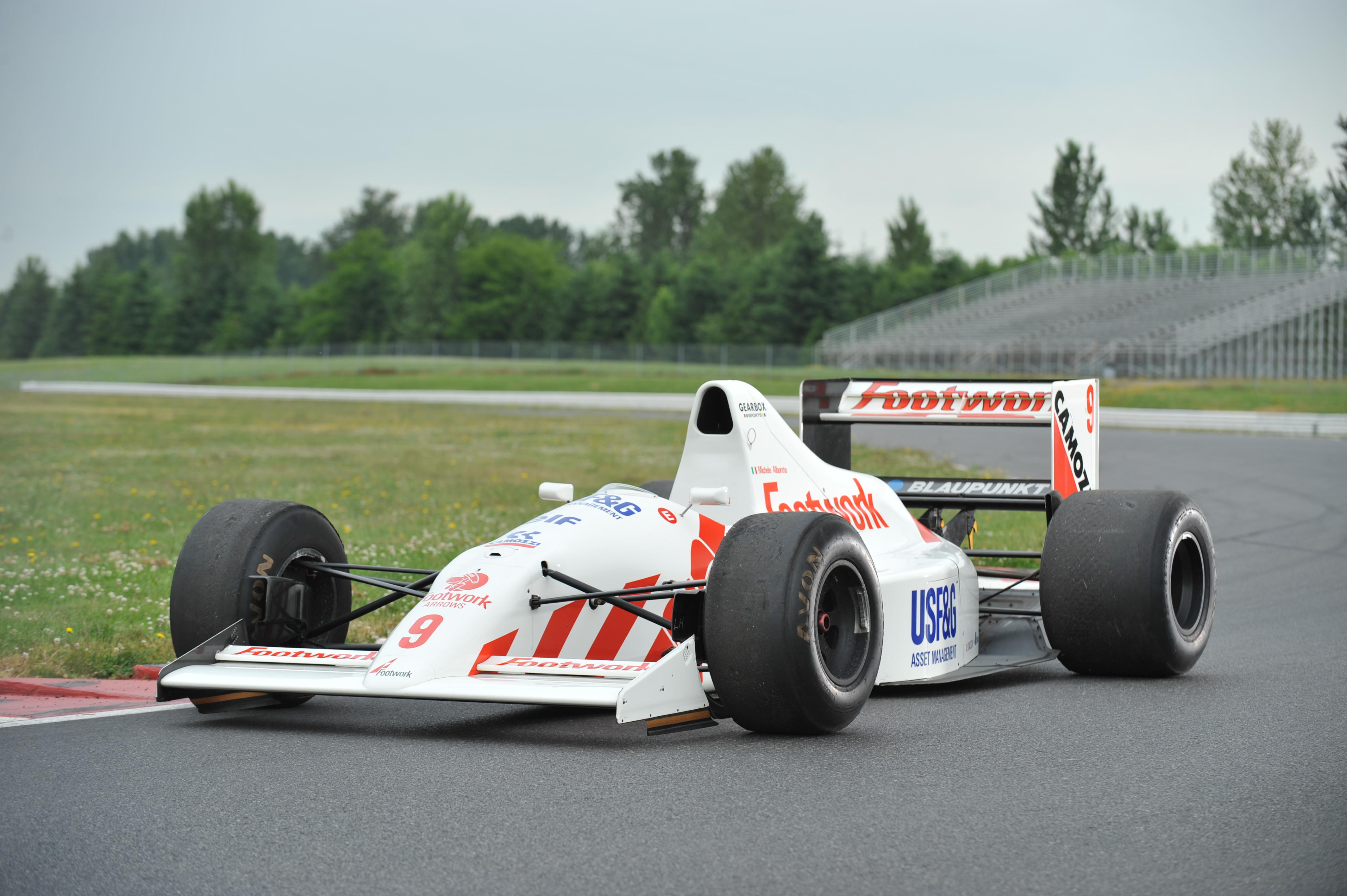

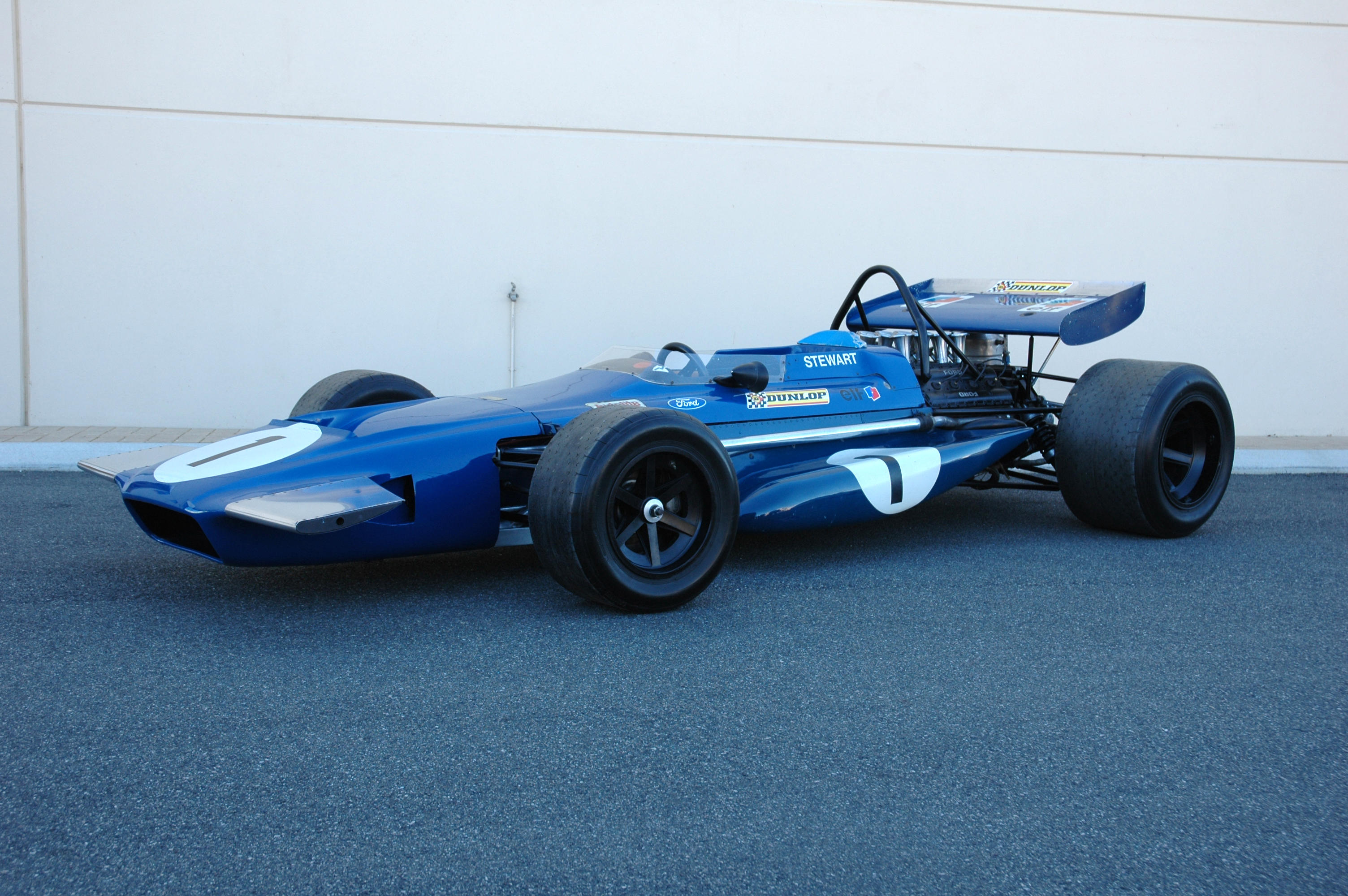
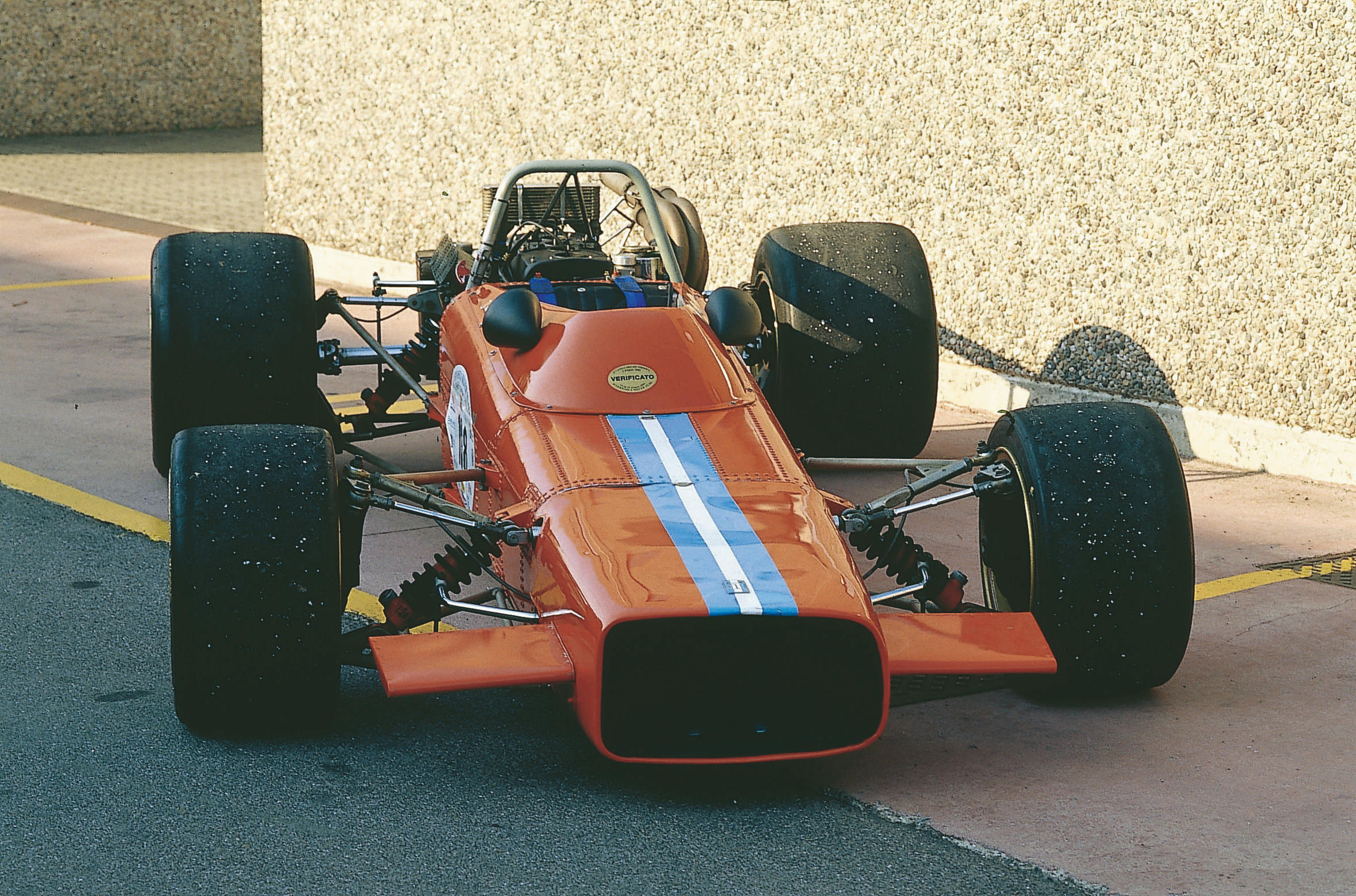
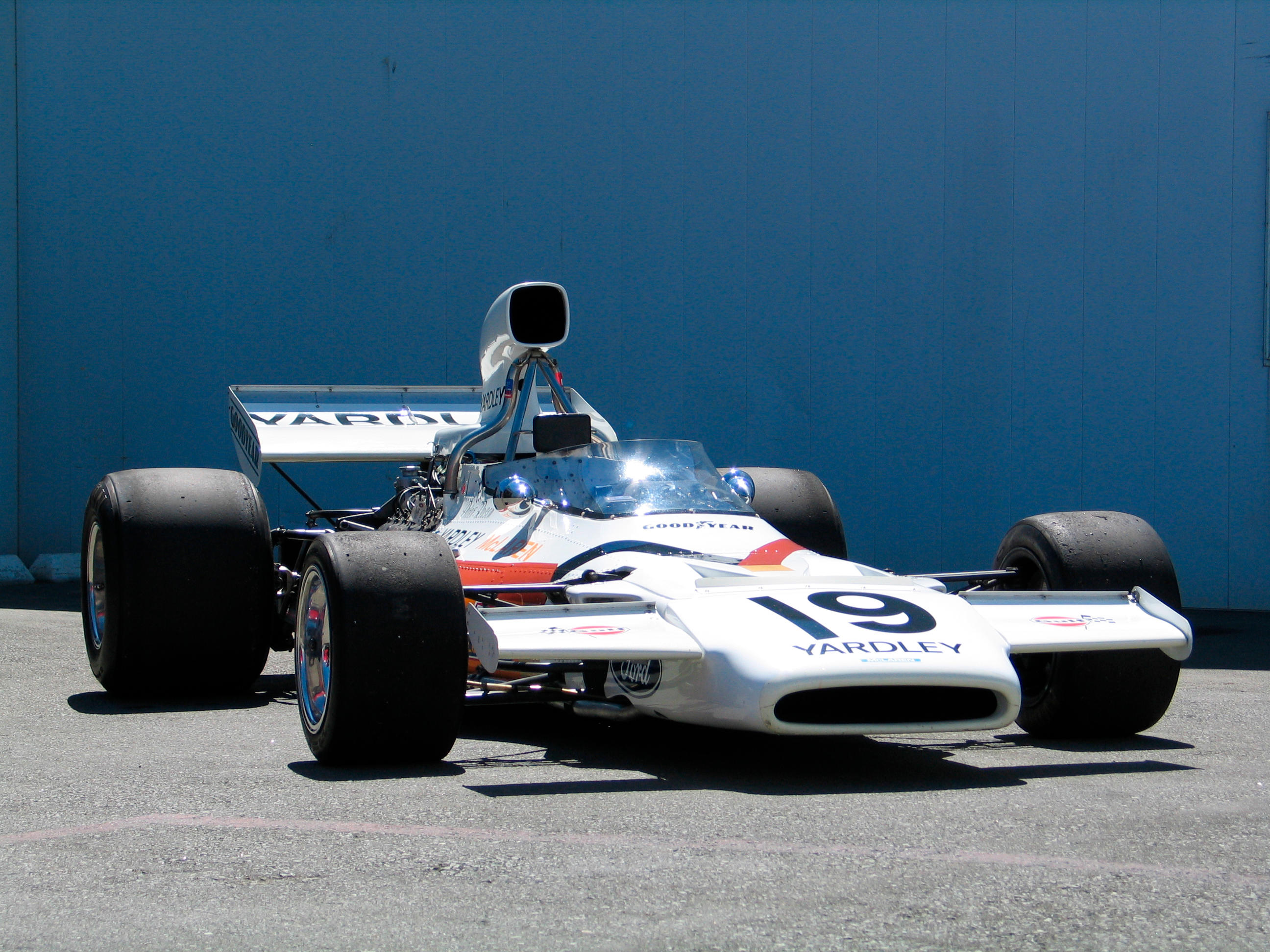
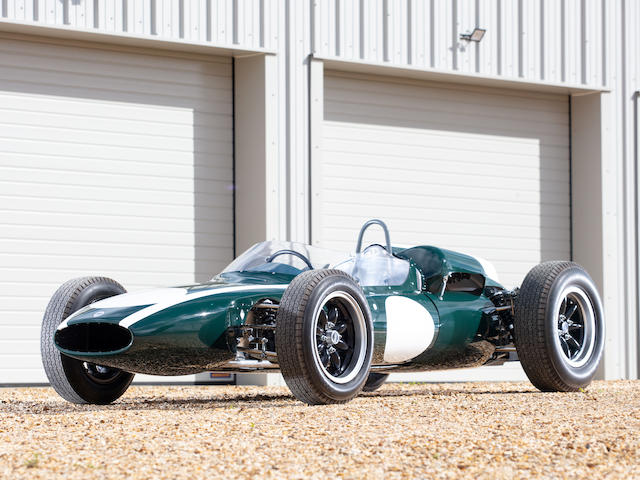
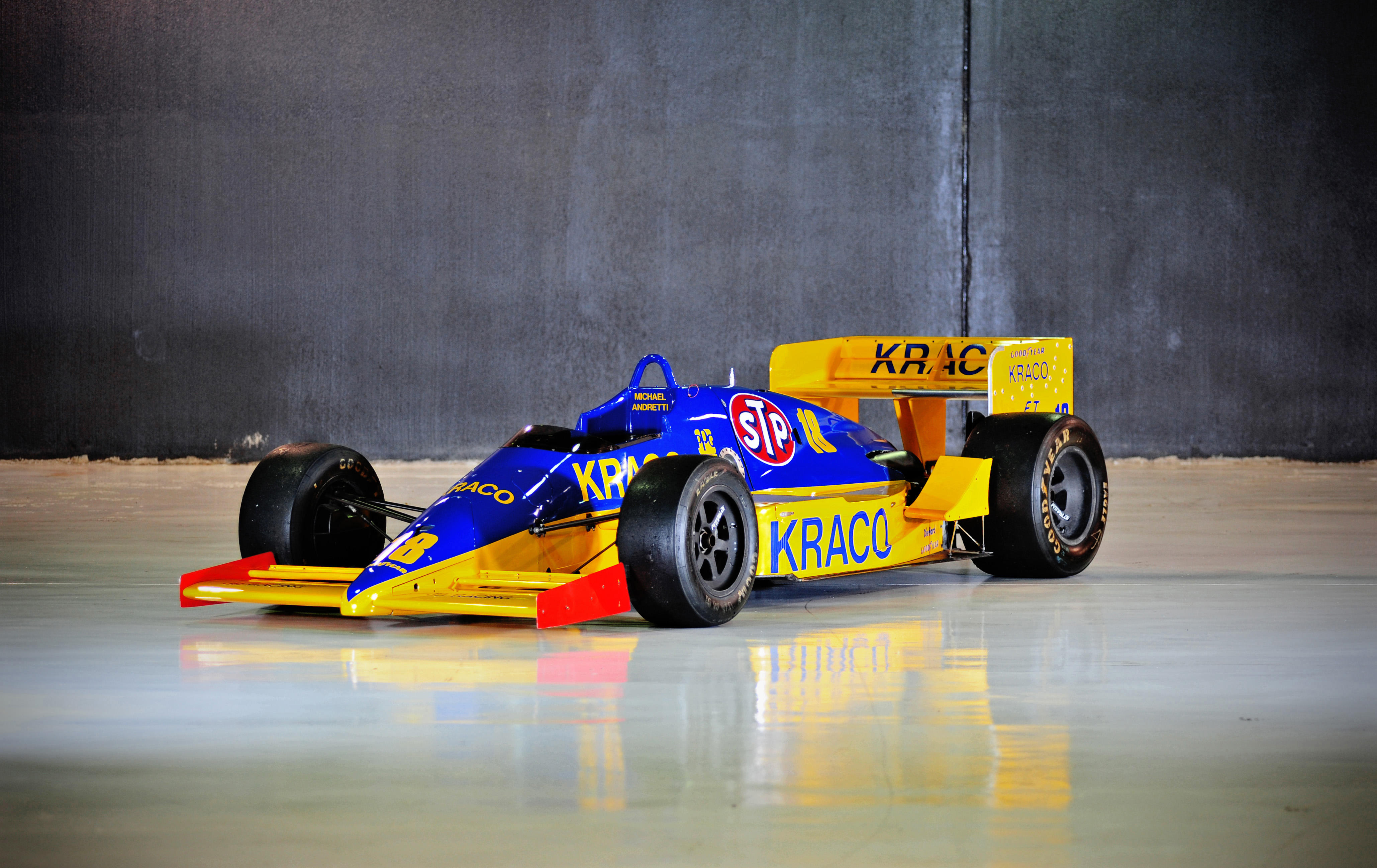
Testen Sie LotSearch und seine Premium-Features 7 Tage - ohne Kosten!
Lassen Sie sich automatisch über neue Objekte in kommenden Auktionen benachrichtigen.
Suchauftrag anlegen